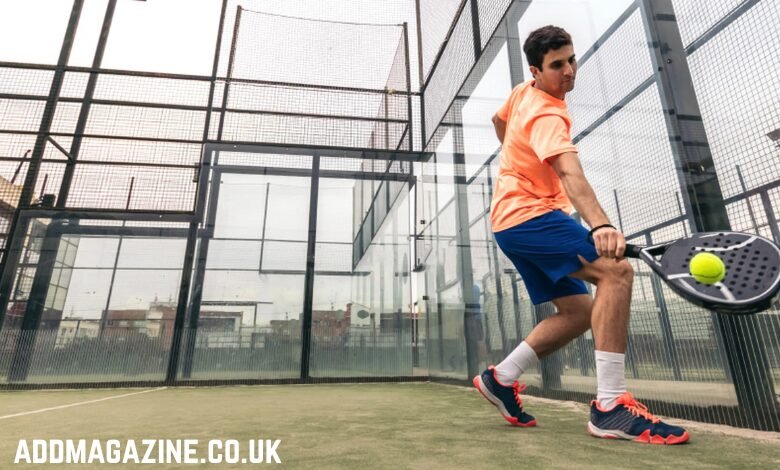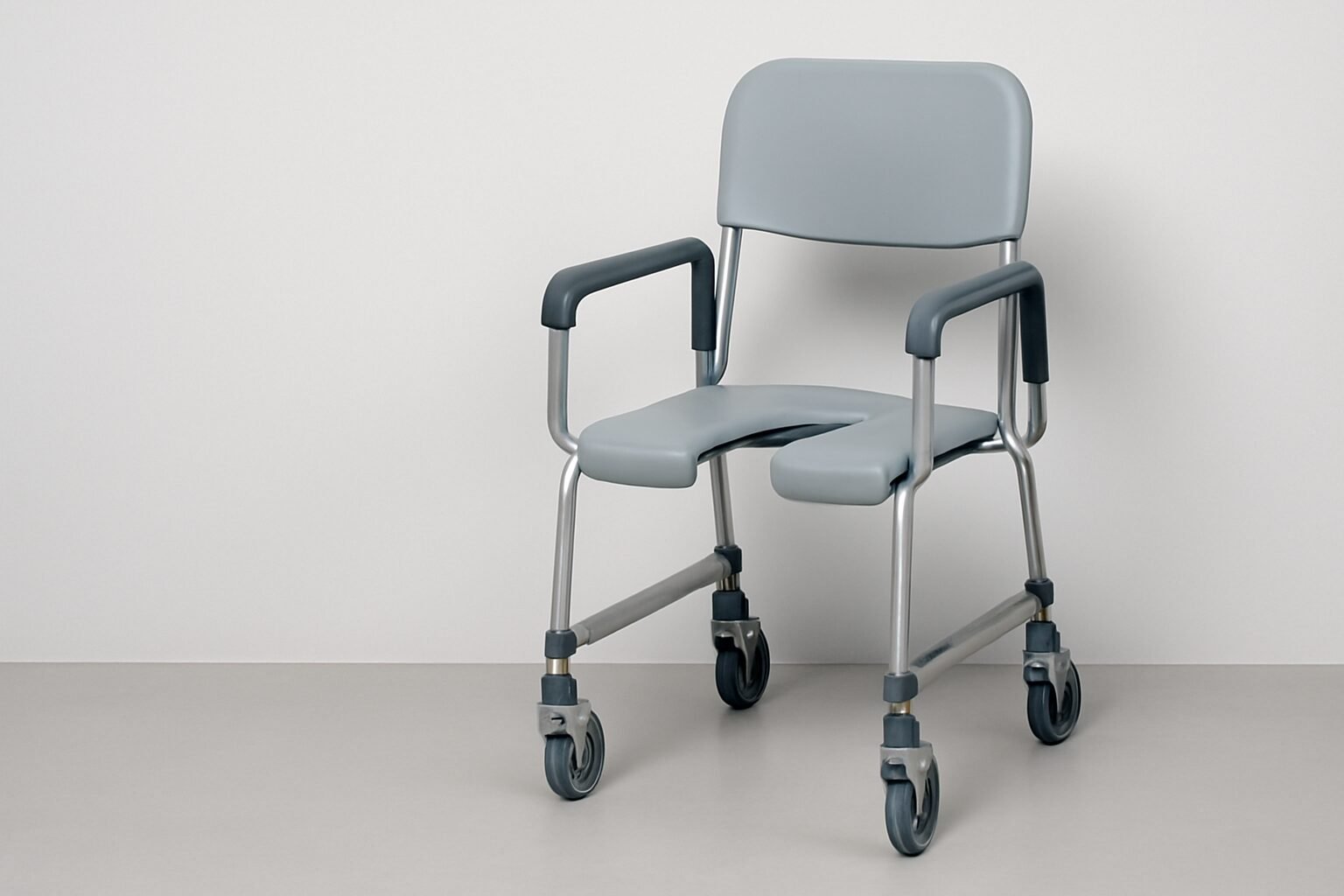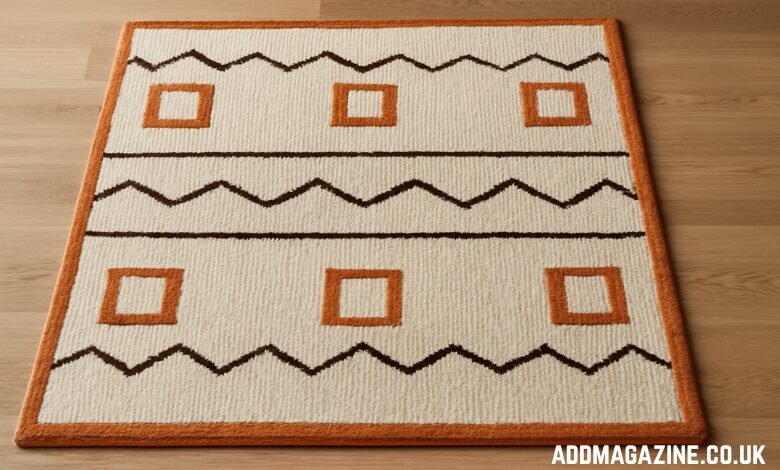Padel is taking the Netherlands by storm. Walk through any city or town in the country, and you’re likely to hear the sound of padel balls bouncing off walls, players laughing, and the sound of energetic rallies echoing across the courts. From Rotterdam to The Hague, even smaller towns like Amersfoort, padel has rapidly integrated itself into the Dutch lifestyle. Once an unfamiliar concept, padel has become a growing passion for people of all ages. But this surge is not a passing trend – it represents a major shift in how people in the Netherlands approach sport, fitness, and social interaction.
This blog post will explore the rise of NLPadel, its role in the Netherlands’ sporting landscape, and why padel is one of the fastest-growing sports in the country today.
The Rise of Padel in the Netherlands
Padel, a sport that combines elements of tennis and squash, was introduced in Spain in the 1970s. It quickly gained popularity in the Iberian Peninsula and then spread to other parts of Europe, including Italy and France. However, the Netherlands was a latecomer to the sport. Until recently, the idea of padel was mostly unknown to the Dutch public.
That has changed drastically over the last few years. Today, the Netherlands is one of the fastest-growing countries in terms of padel participation. The growth can be attributed to a combination of factors: the accessibility of the sport, the growing interest in fitness activities that are both fun and social, and the increasing number of facilities that cater to the rising demand.
In just a few years, the country has gone from having just a handful of courts to over 700 padel courts nationwide. According to the Royal Dutch Lawn Tennis Association (KNLTB), more than 90,000 people are officially registered as padel players in the Netherlands. While this number is impressive, the actual number of people who play padel on a casual basis is likely much higher. Some estimates suggest that more than half a million people in the Netherlands have picked up a padel racket at least once.
Why Is Padel Exploding in Popularity?
Padel’s growth in the Netherlands can be attributed to a variety of factors, including its accessibility, social aspect, and the fact that it provides an enjoyable yet effective workout. Let’s take a closer look at the key reasons why padel is growing so quickly in the Netherlands.
1. Ease of Access
One of the main reasons for the sport’s rapid growth is how accessible it is. Compared to tennis, padel is easier to pick up and requires less technical skill to play at a recreational level. The smaller courts and the use of walls mean that the game is slower-paced than tennis, making it less intimidating for newcomers. It is also less physically demanding than some other sports, which appeals to people of all ages.
Moreover, the Netherlands has seen a sharp rise in the number of padel clubs and courts in recent years. Padel courts are being built in existing tennis clubs, as well as new locations, to meet the growing demand. In cities like Amsterdam, Rotterdam, and The Hague, it’s not uncommon to find multiple padel courts within walking distance.
2. A Social and Inclusive Sport
Padel is inherently a social sport. Unlike tennis, which is often played in singles or doubles, padel is almost always played in doubles, which creates a more communal and engaging atmosphere. The sport’s popularity has surged in the Netherlands, in part because it provides an easy way for friends and families to come together and have fun.
Additionally, padel is incredibly inclusive. Padel is accessible to everyone, regardless of age or experience, making it a sport that can be enjoyed by all. There’s no need for expensive equipment, and many people can start playing simply by renting a racket and booking a court. This makes the sport highly appealing to young people, but it’s also attracting older generations who are looking for a less intense, but still exciting, form of exercise.
3. Focus on Health and Fitness
In an era where fitness and health are top priorities for many, padel offers a great workout that’s fun and doesn’t feel like a chore. The game offers a comprehensive workout, enhancing heart health, building strength, and boosting flexibility and coordination. It also works on coordination and balance, making it a well-rounded exercise option.
Padel’s emphasis on fitness, along with its social nature, helps make it appealing for those who are looking for an alternative to traditional gym workouts. In fact, many players report feeling more motivated to exercise because of how enjoyable the sport is.
4. The Appeal of Tennis and Squash Fusion
Padel blends elements from both tennis and squash, offering a dynamic game that challenges players in unique ways. It shares the fast-paced, tactical elements of tennis while incorporating the wall-bouncing elements of squash. For people who are familiar with tennis or squash, padel can feel like an exciting and fresh challenge. The fact that it’s easy to learn but still has plenty of room for skill development means that it appeals to both beginners and experienced athletes.
For tennis players, padel is a fun way to keep up with the sport during the winter months when outdoor courts are less accessible. For squash players, the larger court and use of walls make it a familiar yet exciting variation on their regular game.
The Rise of NLPadel: Shaping a New Era for the Sport in the Netherlands
As the popularity of padel continues to grow in the Netherlands, so too does the ecosystem surrounding it. NLPadel is more than just a sport; it has become a vibrant community that supports players, clubs, and fans alike. The sport is no longer confined to niche tennis or squash circles but has entered the mainstream.
Padel Clubs and Competitions:
Many padel clubs in the Netherlands are offering membership packages, where people can not only rent courts but also participate in organized tournaments and events. These clubs also often have coaching programs for those who want to improve their skills. The rapid growth of padel courts across the country has made it easier for people to access these services, contributing to the sport’s growing popularity.
Padel as a Competitive Sport:
In addition to the recreational aspect of padel, the competitive side of the sport is also flourishing. NLPadel has helped to establish a robust tournament scene, with players of all levels competing in both regional and national competitions. The growing number of local and national tournaments has created a structure for more competitive play, and the Netherlands has even begun to develop top-tier players who compete in international events.
Sponsorship and Media Coverage:
As padel continues to gain popularity, it is attracting more attention from sponsors, media outlets, and professional players. Some major brands have partnered with padel clubs and events, helping to elevate the sport’s profile. The increasing media coverage of padel events has also played a significant role in raising awareness and generating interest among the general public.
Health Benefits of Padel and Why It Promotes a Healthy Lifestyle
Padel is not just an enjoyable sport but also an excellent way to improve overall health and well-being. It offers numerous physical and mental health benefits that make it an ideal choice for individuals of all ages and fitness levels. Here’s why padel can contribute to a healthy lifestyle:
1. Cardiovascular Health
Padel is a fast-paced sport that gets your heart pumping and your blood flowing. The continuous movement, short bursts of sprints, and quick direction changes engage your cardiovascular system, improving heart health over time. Regular participation in padel can help reduce the risk of heart disease, lower blood pressure, and improve circulation.
2. Full-Body Workout
Padel involves various movements that engage multiple muscle groups. The sport requires a combination of agility, strength, coordination, and endurance, making it an excellent full-body workout. It strengthens the legs from constant running and lunging, tones the arms and shoulders with racket swings, and works the core muscles with twists and turns. This overall muscular engagement promotes muscle development and toning.
3. Increased Agility and Coordination
The sport’s reliance on quick movements and reactions helps improve agility and hand-eye coordination. Players must move rapidly around the court, adjusting their position to strike the ball effectively. Over time, these repeated movements sharpen reflexes and enhance coordination between the mind and body.
4. Mental Well-being
Exercise in general is well-known for boosting mental health, and padel is no exception. The sport is not only fun but can also help reduce stress levels. The physical activity releases endorphins, the “feel-good” hormones, which help improve mood and reduce anxiety and depression. Additionally, the social aspect of padel—playing with friends or family—contributes to a positive mindset and emotional well-being.
5. Improves Flexibility and Balance
Padel involves lateral movements, jumps, and stretches that help improve flexibility. The sport also encourages better balance, as players need to stay steady while performing quick shifts in direction. Regular participation in padel can result in enhanced flexibility, which can help prevent injuries and improve posture.
6. Weight Management and Fat Loss
The combination of cardiovascular activity and muscle engagement in padel makes it an effective workout for burning calories and managing weight. The high-intensity nature of the sport promotes fat burning, while the muscle toning aspect helps build lean muscle mass. Whether you’re aiming to lose weight or simply stay fit, padel is a fun and effective way to reach your fitness goals.
7. Social Interaction and Connection
One of the unique aspects of padel is its social nature. Played mostly in doubles, padel promotes teamwork and camaraderie. Social interactions have been shown to contribute positively to mental health by reducing stress and creating a sense of community. Playing with friends or family also encourages consistent exercise, as social support can help individuals stay motivated.
Who Can Benefit from Padel?
1. People of All Ages
Padel is a sport that can be enjoyed by children, adults, and seniors. Its low-impact nature makes it easy on the joints, which is especially beneficial for older adults who may have mobility issues or are recovering from injuries. Children can benefit from the agility and coordination skills developed in the game, while adults enjoy its full-body workout and stress-relieving qualities. Seniors often find it an enjoyable way to stay active without overexerting themselves.
2. Beginners and Experts Alike
Padel is easy to learn, which makes it an attractive choice for beginners. Even if you’ve never played a racket sport before, the rules are simple, and it’s easy to start playing. However, padel still offers plenty of room for improvement and skill development, making it an enjoyable challenge for advanced players as well.
3. Those Looking for a Fun Alternative to Traditional Workouts
For individuals who find traditional gym workouts boring or monotonous, padel offers an engaging alternative. The sport’s combination of competition, strategy, and fitness ensures that each game feels fresh and exciting. Padel’s social aspect also helps make exercise more enjoyable, encouraging consistent participation.
How Padel Promotes a Healthy Lifestyle
1. Fun and Motivation
Unlike other forms of exercise, padel doesn’t feel like a workout. The fun nature of the game makes it easy for individuals to stay motivated. When exercise is enjoyable, it becomes less of a chore, and people are more likely to make it a regular part of their routine.
2. Consistency and Social Engagement
Since padel is often played in doubles, it’s a great way to meet up with friends or family, ensuring that individuals stay committed to regular exercise. Playing with others builds accountability and creates a social commitment to show up for games. These social connections also help maintain mental well-being, which is a key part of a healthy lifestyle.
3. Time-Efficient
Padel offers a high-intensity workout that doesn’t take hours to deliver results. A game of padel can be played in as little as 30 minutes, making it an ideal choice for individuals with busy schedules. This time-efficient workout makes it easy to fit into daily routines without the need for long hours at the gym.
4. A Sport for Life
Padel is easy on the joints, making it suitable for people of all fitness levels. Unlike high-impact sports like running, which can take a toll on the knees and ankles, padel allows for vigorous movement with less stress on the body. This means individuals can enjoy padel for many years, contributing to a long-lasting, healthy lifestyle.
What the Future Holds for NLPadel
The future of NLPadel looks bright. With the growing interest in padel, the Netherlands is well-positioned to become one of the key European hubs for the sport. As more courts are built and more players take up the sport, it is likely that the ecosystem surrounding NLPadel will continue to evolve.
Looking ahead, there are several trends that are likely to shape the future of padel in the Netherlands:
- Expansion of Infrastructure:
As demand for padel courts continues to rise, more will be built in urban areas and smaller towns. This will make the sport even more accessible to people across the country. - More Youth Participation:
With the increasing popularity of padel among younger generations, it is likely that more youth programs and leagues will emerge, which could help cultivate the next generation of players. - Professionalization of the Sport:
As the sport grows in stature, there will likely be a move toward greater professionalization. This could include the development of higher-level competitions, sponsorships, and player development programs to ensure the growth of elite talent.
Conclusion
NLPadel is not just a fleeting trend – it is part of a larger cultural shift in the Netherlands. Padel has quickly become an integral part of the Dutch sporting landscape, providing a fun, accessible, and social way for people to stay active. With the growing number of players, courts, and events, the future of padel in the Netherlands looks incredibly promising.
As NLPadel continues to grow and evolve, it will undoubtedly continue to inspire more people to take up the sport, further cementing its place as one of the most exciting and rapidly expanding sports in the country.



